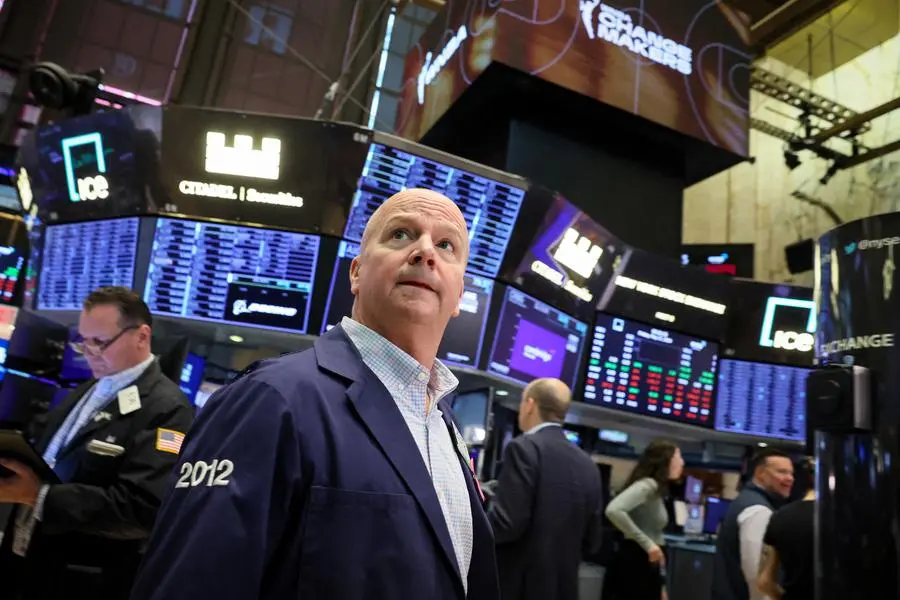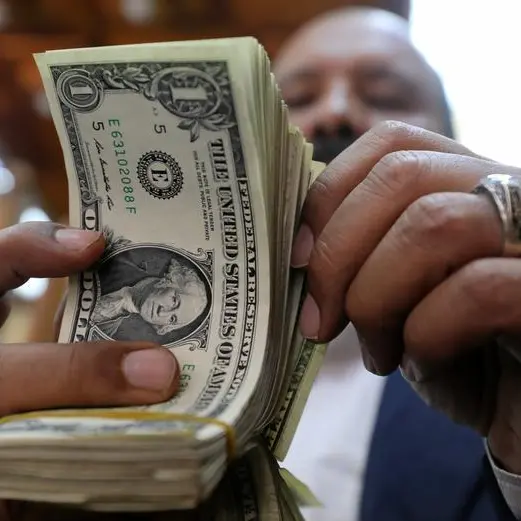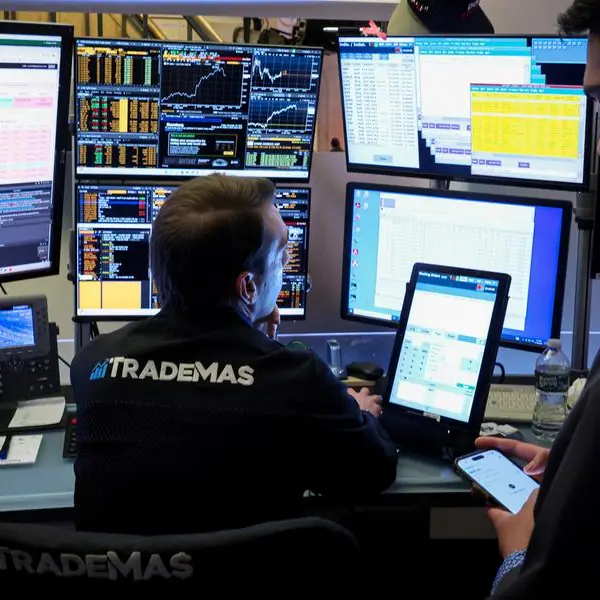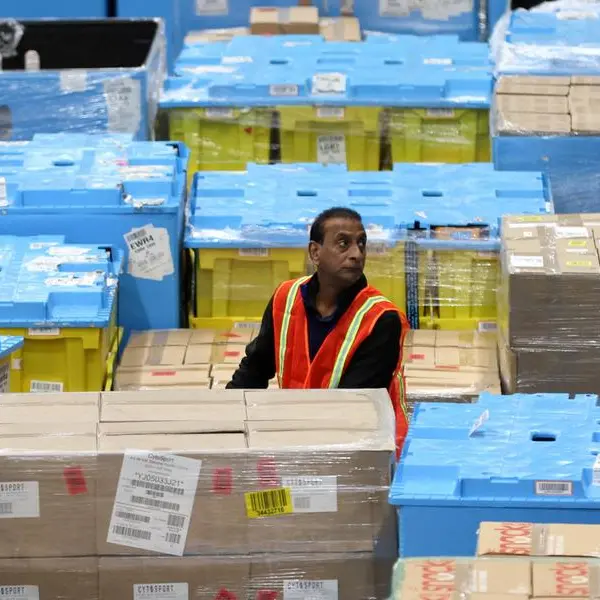PHOTO
LONDON - Some might wonder why it took so long, but the risk that this year's key elections exaggerate rather than rein in bloated public debt is finally seeing long-term sovereign bonds rear up.
In a year packed with elections, the past week has marked a critical juncture for polls in the United States and France at least - with Britain's arguably less controversial election set for Thursday too.
America ultimately has to wait for November, but a dire televised debate for U.S. President Joe Biden last week against Republican challenger Donald Trump has seen betting markets break decisively for the latter after months of equivocation.
Emboldened further by this week's Supreme Court ruling on Trump's partial immunity from prosecution, the former President is now clear favorite at bookmakers for the first time to retake the White House.
With Trump's opinion poll lead widening, most notably in some key marginal states, a range of betting sites now ascribe more than a 60% chance of him winning the Presidency.
Compromised further by speculation about him being replaced on the Democrat ticket, Biden's odds have widened to 4/1 in many.
So as the second half of 2024 gets underway, financial markets are starting to stake their own bets on Trump's return - taking on board his pledges to extend 2017's tax cuts, impose severe import tariffs and slash immigration and what that means for the economy and already precarious public finances.
The first real reactions this week seem clearest in the Treasury market - not only in modest gains in long-term borrowing rates US30YT=RR but in a steepening yield curve that saw the still-inverted gap between short-dated debt yields and lower long bond ones at their narrowest in five months.
The curve shift is remarkable given the resumption of disinflation and futures markets that remain priced for 90 basis points of Federal Reserve rate cuts over the coming year.
If long-term yields are rising even as the Fed eases, anxiety about rising bond supply is one of main culprits.
Morgan Stanley, for one, thinks the klaxon on a Trump presidency - either in conjunction with a Democrat-led Congress or with a clean sweep for Republicans - has now sounded loudly.
And they see "curve steepeners" as logical fixed income trade to express that view.
"Markets may no longer go totally undecided into the November election," the U.S. investment bank told clients this week. "The sharp shift of probabilities towards a President Trump presidency is a unique catalyst that makes curve steepeners attractive."
The argument they posit is that in either a gridlock scenario or a clean sweep for the Republicans, the curve could steepen either way. That would involve either a so-called "bull steepening", where all yields fall but by a larger amount at the short end, or "twist steepening", where long rates climb even if short rates fell.
Even if Trump were constrained on fiscal policy, White House control of his radical plans to curb immigration and start deportations while ratcheting up trade tariffs worldwide could damage growth to a degree that actually ups Fed easing chances.
On the other hand, the fiscal implications of a tax-cutting clean sweep in Congress on top of already worrisome public deficits and debt piles would just put upward pressure on long-term bond market premia.
FISCAL CASSANDRAS
To be sure, a record two-year inversion of the 2-to-10 year curve - whose traditional signal on recession ahead seems to have been bamboozled in this cycle so far - has shown remarkably little disturbance to date in those long-term risk premia.
But debt concerns have been repeatedly flagged by agitated fiscal and financial watchdogs home and abroad.
Only last month, the bipartisan Congressional Budget Office updated its alarming long-term deficit and debt forecasts.
Even assuming Trump's 2017 tax cuts are allowed to expire next year as planned, this year's eye-watering deficit of 7% of national output remains almost at that level in 10 years time.
As a result, the CBO said debt held by the public at the end of 2034 would total $50.7 trillion, or 122% of gross domestic product, compared to a February forecast of 116% of GDP and this year's 99%.
What's more, the forecast assumes an annual average Fed funds rate of 3% in 2029-34 period - 228bps below current levels - but with a 10-year yield equivalent at 4%, just 50bps below today's rate.
And the United States is no outrageous outlier.
With France in the middle of a surprise two-legged parliamentary election that's seen a surge in support for far-right and far-left parties - and both promising additional fiscal boosts of either tax cuts or new spending sprees - budget worries seep across the Atlantic.
Although the European Central Bank is already in easing mode, French bond markets have taken fright at the budget risks, with Paris already clocking annual deficits close to 5% of GDP and a showdown with European Union budget rules into the mix.
The French equivalent 2-to-30 year yield curve FR2FR30=RR - which, unlike the U.S. one, is already in positive territory to the tune of more than 60bps - has steepened to twice its level a month ago and is at its highest for the year.
Italy's curve IT2IT30=RR steepened likewise in sympathy.
And despite commitments from Britain's opposition Labour Party - the likely landslide winner at Thursday's UK election - the UK 2-to-30 yield curve GB2GB30=RR hit its widest in more than a year.
Yet again this weekend the Bank for International Settlements warned about the financial stability risks of untamed fiscal positions across the world.
"Consolidation is an absolute priority," it said. "The window of opportunity to take decisive action is narrowing."
"It is important to scale back discretionary measures, by terminating those enacted during the pandemic and refraining from new fiscal stimulus in the absence of compelling macroeconomic justifications."
Credit rating firm S&P Global seemed less hopeful governments would oblige without markets getting restive.
"For the U.S., Italy, and France-- the primary balance would have to improve by more than 2% of GDP cumulatively for their debt to stabilize - this is unlikely to happen over the next three years," it said.
"In our view, only a sharp deterioration of borrowing conditions could persuade G7 governments to implement more resolute budgetary consolidation at the present stage in their electoral cycles."
A steep learning curve indeed.
The opinions expressed here are those of the author, a columnist for Reuters























